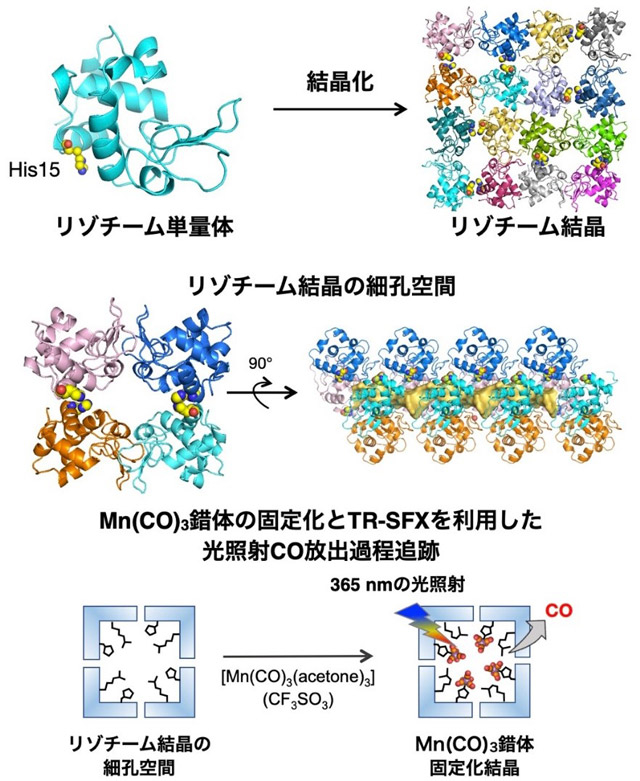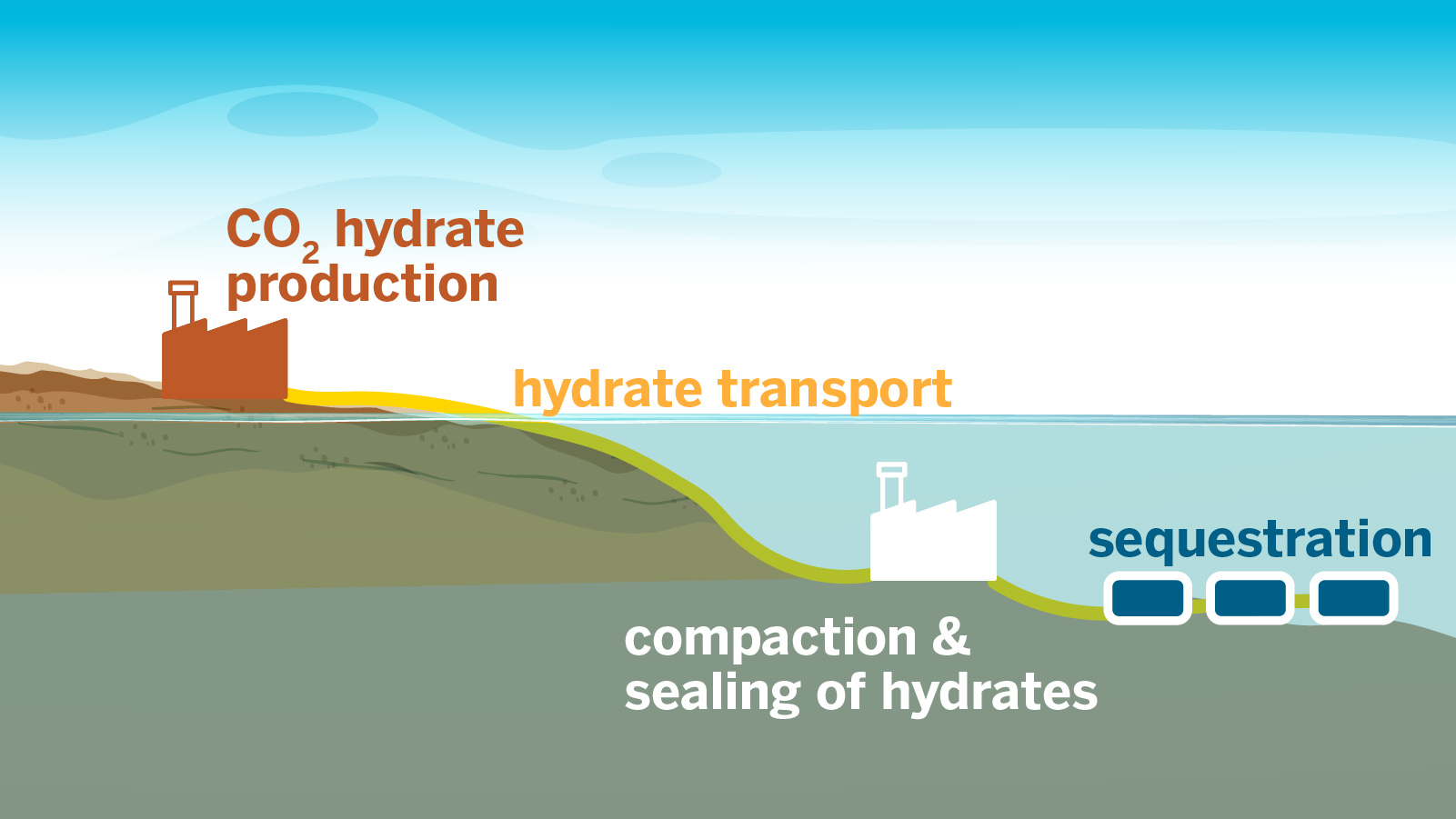2024-07-05 インペリアル・カレッジ・ロンドン(ICL)
<関連情報>
- https://www.imperial.ac.uk/news/254654/repurposed-technology-used-probe-regions-mars/
- https://agupubs.onlinelibrary.wiley.com/doi/10.1029/2023RS007873
マーズ・エクスプレスとエクソマーズ微量ガス探査機の相互電波掩蔽の最初の結果 First Results of Mars Express—ExoMars Trace Gas Orbiter Mutual Radio Occultation
Jacob Parrott, Håkan Svedhem, Olivier Witasse, Colin Wilson, Ingo Müller-Wodarg, Alejandro Cardesín-Moinelo, Peter Schmitz, James Godfrey, Olivier Reboud …
Radio Science Published: 04 July 2024
DOI:https://doi.org/10.1029/2023RS007873

Abstract
Spacecraft-to-spacecraft radio occultations experiments are being conducted at Mars between Mars Express (MEX) and Trace Gas Orbiter (TGO), the first ever extensive inter-spacecraft occultations at a planet other than Earth. Here we present results from the first 83 such occultations, conducted between 2 Nov 2020 and 5th of July 2023. Of these, 44 observations have to-date resulted in the extraction of vertical electron density profiles. These observations are the successful results of a major feasibility study conducted by the European Space Agency to use pre-existing relay communication equipment for radio science purposes. Mutual radio occultations have numerous advantages over traditional spacecraft-to-ground station occultations. In this work, we demonstrate how raw data are transformed into electron density values and validated with models and other instruments.
Key Points
- Many vertical electron density profiles have been successfully acquired via mutual radio occultation (RO) measurements
- Conducting RO mutually provides many advantages over conventional spacecraft-Earth occultations
- This is an example of data-relay equipment being repurposed for Radio Science
Plain Language Summary
Radio occultation is a measuring technique involving the passage of a signal through an atmosphere, during which we observe how much the signal bends. This bending effect is precisely measured as a frequency shift. Typically, this technique is employed by transmitting a signal from a satellite orbiting a planet to a ground station on Earth. However, in this article, we explore an alternative on this measurement approach known as mutual RO. Here, both the transmitter and receiver of the signal are positioned in orbit around the same foreign planet, creating a unique scenario. Specifically, we utilized two European Space Agency satellites: Mars Express and ExoMars Trace Gas Orbiter, and have conducted a total of 83 experiments. Within this article, we present the methodology, processing and outcomes of select experiments, underlining their reliability through comparisons with models and data from other instruments.



